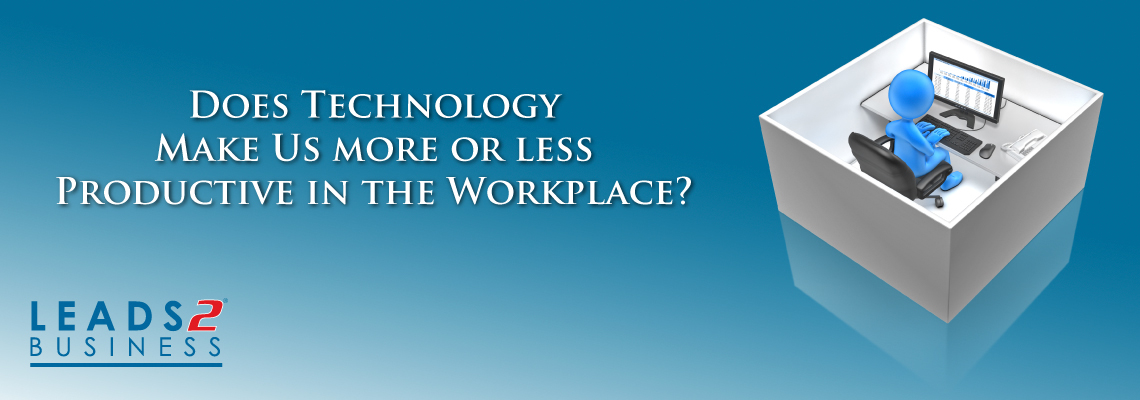SASSDS Life Cycle Costing App

SASSDA (Southern African Stainless Steel Development Association ) has a Life Cycle Costing App which can be downloaded free from the Google Playstore or the Apple App Store.
This useful app can be used by engineers, architects, quantity surveyors, end-users, specifiers and even members of the public, to determine the costs of using stainless steel in projects compared to alternatives based on realistic estimates of the total costs of products or structures across their full-service lives. The app requires minimal entry of key top-line data, before calculating a breakdown of the relevant costs and presenting the results in a convenient email format.
According to their website, http://sassda.co.za:
Stainless steels have traditionally been specified in applications where the primary requirement is corrosion resistance. However, since their invention over 100 years ago, stainless steels (of which there are more than 200 different types) have also been recognised for other attributes such as durability, versatility, quality, sustainability, hygiene, aesthetic appeal and, with the advent of Life Cycle Costing (LCC), economy!
LCC is a technique developed for identifying and quantifying all costs, initial and ongoing, associated with a project or installation over a given period. It uses the standard accounting principle of discounted cash flow, so that total costs incurred during a life cycle period are reduced to present day values. This allows a realistic comparison to be made of the available options. As far as material selection is concerned, LCC enables potential long-term benefits to be assessed against short-term expediency. Materials costs are assessed with their related implications, such as initial outlay, maintenance and its frequency, downtime effects and production losses, repair and replacement costs, and other operationally related costs such as manpower and energy consumption.
The total LCC can be broken down into components:
LCC = Acquisition Cost
+ Fabrication and Installation Cost
+ Maintenance Costs (periodic)
+ Replacement Costs (periodic)
+ Cost of Lost Production (periodic)
– Residual (Scrap) Value.
Each of these terms must be known if a realistic result is to be calculated. The environment and scope of usage are, therefore, crucial in determining the LCC benefits when choosing materials.
A full Life Cycle Cost analysis thus enables the materials specifier to consider the implications of future cost in terms of both actual monetary value and inconvenience of future maintenance and replacements.
Stainless steels are 100% recyclable without any loss in quality no matter how many times the process is repeated. When products reach the end of their useful lives, over 80% of the stainless steel is collected and recycled. Stainless steels are durable and have low maintenance costs due to their corrosion resistance. There is no coating or painting requirement and normal maintenance would simply be occasional cleaning.
Stainless steel may not always be the cheapest candidate material for an application when considering upfront costs. However, its durability and ease of maintenance compensate for the sometimes higher initial purchasing costs and it is often the least expensive choice in a Life Cycle Cost comparison.
With the development of its own Life Cycle Costing programme in the 1990s, the Southern African Stainless Steel Development Association (SASSDA) was able to determine the costs of using stainless steel in projects compared to alternatives based on realistic estimates of the total costs of products or structures across their full-service lives.
Full details and links to download the App can be obtained on the SASSDA website at http://sassda.co.za/life-cycle-costing-campaign and for a full explanation of how Life Cycle Costing works, you can also view their latest SASSDA YouTube channel video.
Information sourced from http://sassda.co.za
If you are interested in becoming one of our subscribers, please visit our website.
To view notes with screenshots on how to use our website, please visit our Wiki site.
To view more articles, please visit our blog.
About Marlaine Andersen
Leads 2 Business Advertising Co-ordinator and Digital Designer










